Hope for the Near Future: Communion
Both Pope Francis and Pope Tawadros II are working for full reconciliation among their Churches. In that event, there would be only one Coptic patriarch of Alexandria, not two. After all, the ancient adversary of the Coptic Church was Constantinople, not Rome. Today, again, the adversary is the Muslim religion, not Rome. In 1973, in fact, the two patriarchs said that divisions between the two Churches had been largely due to "non-theological" factors. Many later statements of both Churches on the nature of Jesus Christ have definitively removed that question as an obstacle to reunion. That question, christology, was the source of division in the fifth century. Now, the obstacle is gone. There is, therefore, genuine hope for full communion, as it was in the early centuries of the Church.
Should full communion be restored, perhaps in our lifetime, neither Church would change. The Patriarch of Alexandria would continue to appoint bishops and priests, on his own, as he has done from the beginning of Christianity in Egypt. This is already more or less the case with seven Churches of the East that are in communion with the Bishop of Rome. They elect their own patriarch and/or synod; they also choose their own bishops and create their own dioceses, as needed. These Churches have their own traditions, customs, and liturgies, even their own canon law. In this sense, then, they are self-governing. Such is the case, as mentioned, with seven of the twenty-one Eastern Rite Catholic Churches, for example, the Armenian Church, the Chaldean Church, the Catholic Coptic Church, the Maronite Church of Lebanon, the Melkite Church, and the Syrian Church. The Syro-Malabar Church of India doesn't have a patriarch, but it is self-governing in the same way.
What unites Catholics and Orthodox around the world is not their rituals or customs but their faith, which comes from the apostles. It is remarkable that some of the Orthodox Churches of the East have preserved traditions that they hold in common with us, for example, veneration of the Virgin Mary or prayer for the dead, as preached by St. John Chrysostom in the fourth century. These common traditions are an indication that some Protestants of 400 years ago were all wet, when they said that the Church of Rome invented these practices in the Middle Ages. The Catholic faith, then, has not been lost in these ancient Churches. Against Muslims and others who persecuted them, these Eastern Churches have fought the good fight and kept the faith.
The Coptic Church long ago sent out its own missionaries to other parts of Africa. Today, most of Ethiopia and part of Eritrea share much the same tradition as that of the Coptic Church; there are other Christians of this tradition in Armenia, Syria, India, and elsewhere. So, reconciliation with the Coptic Orthodox Church may well lead to full communion with these Churches as well.
Let us continue to pray for Christian unity and for reconciliation among all who believe in Jesus Christ as our Lord and Savior.



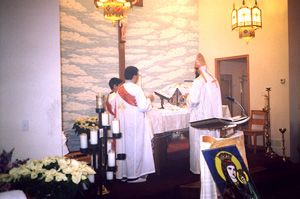
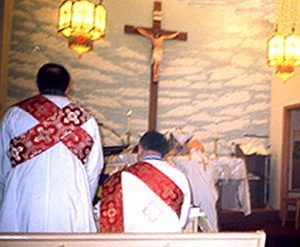
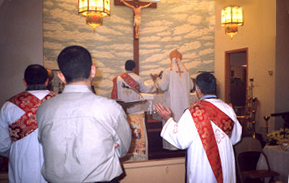
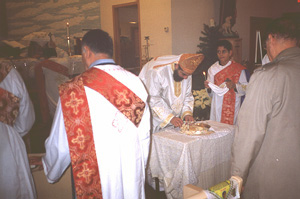
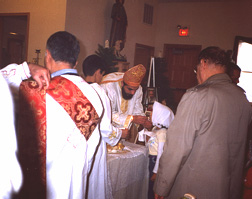
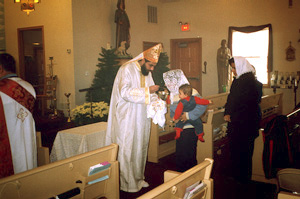
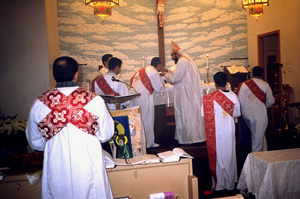
 top
top